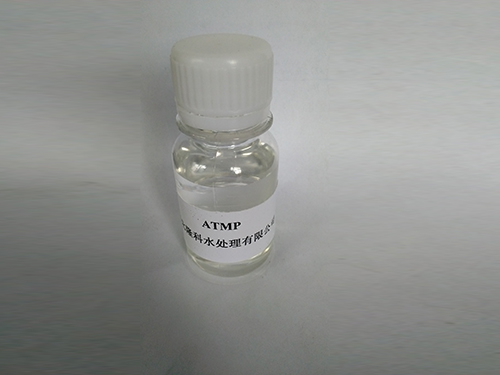ci me isothiazolinone
Understanding CI Methylisothiazolinone and Its Significance in Various Industries
In the realm of chemical compounds used across diverse industries, methylisothiazolinone (often abbreviated as MI) has garnered substantial attention for its effectiveness as a preservative and biocide. It is particularly prevalent in cosmetic products, household cleaners, and even industrial applications. This article delves into the characteristics, uses, safety concerns, and regulatory aspects of methylisothiazolinone, providing a comprehensive understanding of this significant compound.
What is Methylisothiazolinone?
Methylisothiazolinone is a synthetic organonitrogen compound known for its antimicrobial properties. It was first introduced in the 1970s and has since become a notable additive in formulations aimed at preventing microbial growth. Chemical in nature, MI typically works by disrupting the biological processes of microorganisms, effectively inhibiting their development and proliferation.
Uses of Methylisothiazolinone
The scope of methylisothiazolinone's application is broad and varied. In cosmetics and personal care products, it is widely used in items such as shampoos, lotions, and makeup. Its role is to extend the shelf life of these products by preventing contamination from bacteria and fungi, which can otherwise lead to spoilage and pose health risks to consumers.
Beyond personal care, MI finds utility in cleaning agents, such as surface cleaners and disinfectants. The effectiveness of methylisothiazolinone in these products ensures that they remain free from harmful microbial activity, contributing to hygiene and safety in households and commercial spaces.
In industrial applications, MI is also employed as a preservative in paints, adhesives, and other formulations where microbial contamination is a concern. It enhances the durability of these products by maintaining their integrity and effectiveness over time.
Safety and Sensitization Concerns
ci me isothiazolinone

Despite its widespread use and effectiveness, methylisothiazolinone has raised concerns regarding safety and potential risks to human health. One of the principal issues is its potential to cause skin sensitization and allergic reactions. Reports indicate that exposure to MI can lead to contact dermatitis, a condition characterized by skin inflammation, itching, and redness.
Regulatory bodies have responded to these concerns by establishing guidelines and limitations on the concentration levels of methylisothiazolinone in consumer products. For instance, the European Union has placed strict regulations on the use of MI in cosmetic formulations, allowing only limited concentrations to minimize the risk of adverse reactions. As a result, many manufacturers have turned to alternative preservatives or revised their formulations to ensure consumer safety.
Regulatory Landscape and Alternatives
The regulatory landscape surrounding methylisothiazolinone has evolved, prompting companies to scrutinize their ingredient lists more closely. In various regions, including Europe and North America, there has been a push for transparency regarding the use of such preservatives. This shift is partly driven by consumer demand for safer and more natural products, leading to an increase in the development of preservative-free options or those relying on natural alternatives.
Moreover, as research continues to unfold regarding the potential health impacts of preservatives like methylisothiazolinone, it is crucial for manufacturers to stay informed about new findings and regulatory updates. Many brands are actively seeking alternative preservatives that provide similar antimicrobial efficacy without the associated risks. Some alternatives include organic acids, essential oils, and fermentation-derived components, which are often perceived as safer options by consumers.
Conclusion
Methylisothiazolinone serves a crucial role in preserving the integrity of various products across multiple industries. While it offers significant benefits in terms of preventing microbial contamination, the associated safety concerns cannot be overlooked. As regulatory frameworks tighten and consumer awareness increases, the landscape for preservatives like MI is shifting.
Manufacturers must adapt by exploring safer alternatives and prioritizing consumer safety without compromising product efficacy. As the dialogue around chemical safety continues, methylisothiazolinone embodies the delicate balance between preserving product quality and ensuring human health, making it a topic worth monitoring in the coming years.
-
Water Treatment with Flocculant Water TreatmentNewsJun.12,2025
-
Polymaleic AnhydrideNewsJun.12,2025
-
Polyaspartic AcidNewsJun.12,2025
-
Enhance Industrial Processes with IsothiazolinonesNewsJun.12,2025
-
Enhance Industrial Processes with PBTCA SolutionsNewsJun.12,2025
-
Dodecyldimethylbenzylammonium Chloride SolutionsNewsJun.12,2025





